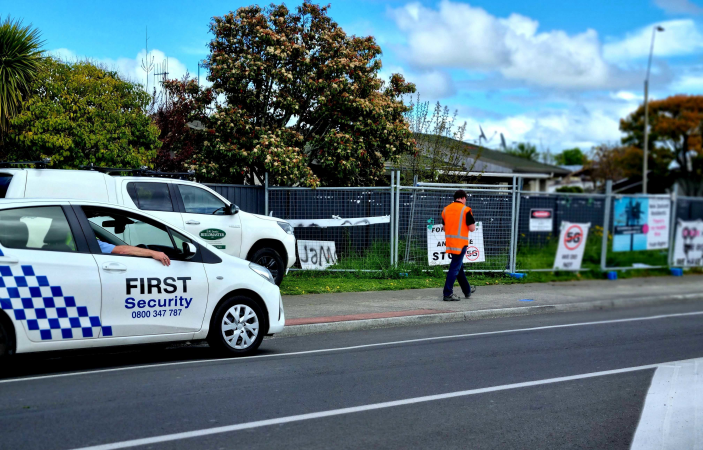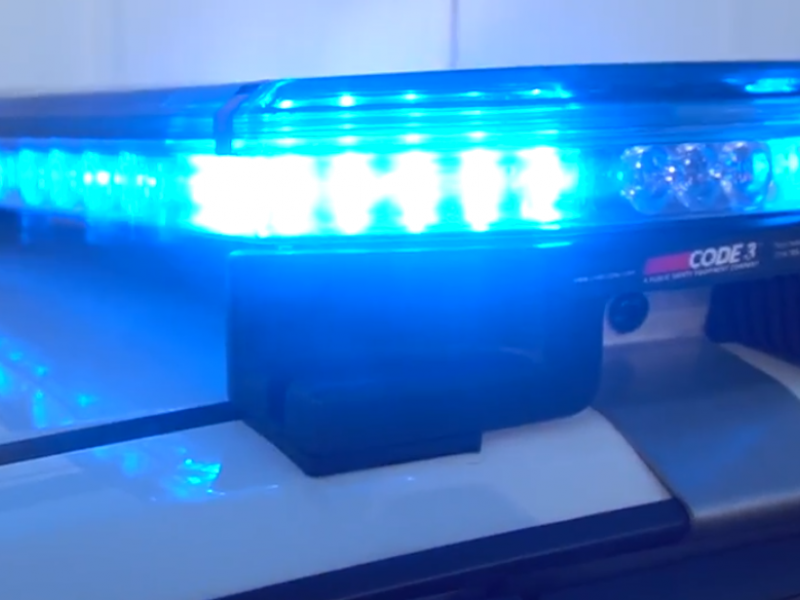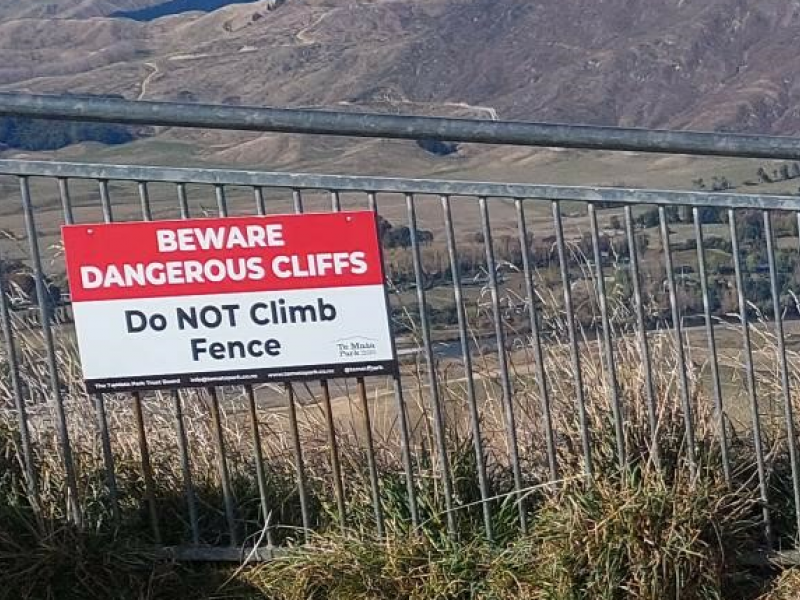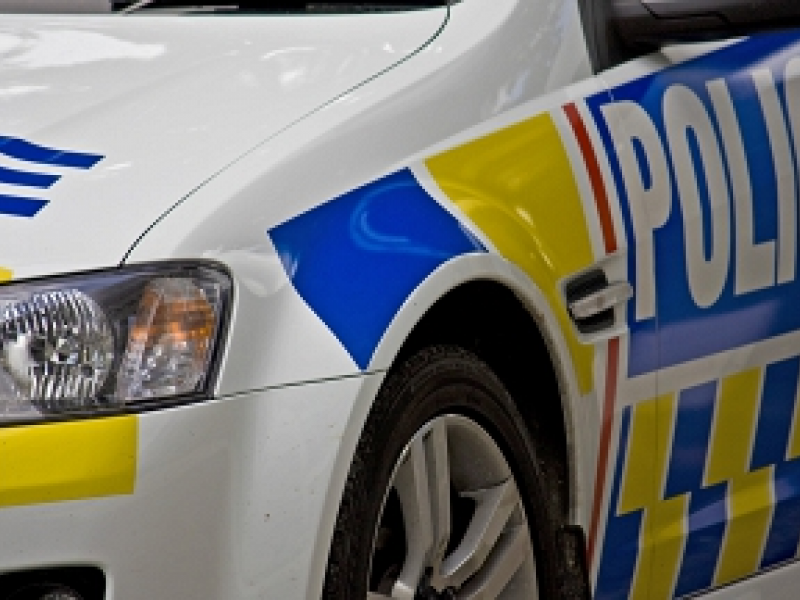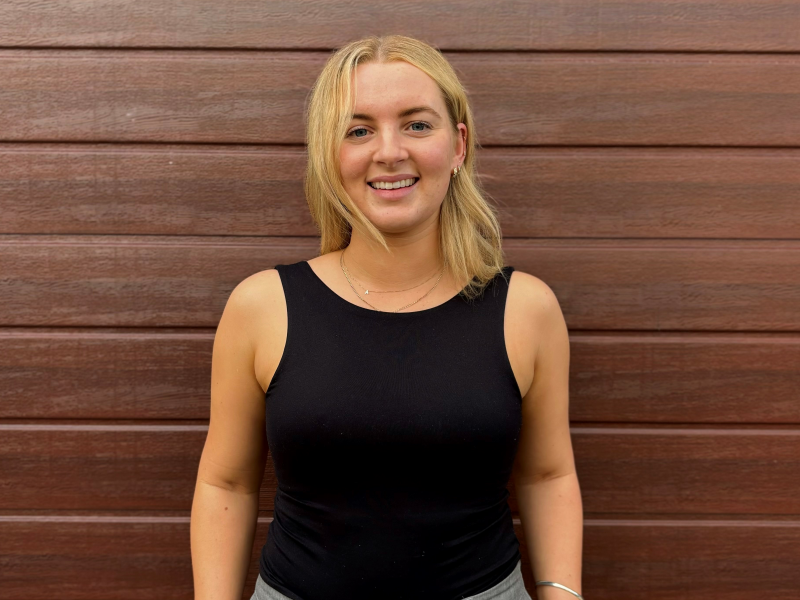Work resumes on Havelock North cell tower marred by controversy
A Havelock North cell tower site made derelict and abandoned due to a stoush between Spark and residents, had contractors working there today for the first time in more than two years.
The 4G cell tower, outside a residential property on the corner of Te Mata Rd and Durham Dr, first drew criticism from residents in September 2019, when they say work began without consultation from the network provider.
Spark says they identified that the current cell site serving the Te Mata area in Havelock North was reaching maximum capacity back in 2018, however, the cell tower build was delayed due to opposition from "a small group" of local residents almost as soon as work began.
Protests were staged and punches were thrown but efforts to reach a compromise between the two parties failed, despite a number of meetings.
The stoush is no clearer represented than by overgrown grass and a temporary fence draped with a combination of hand-painted and professionally printed signs. Residents impacted are unanimous in their stance against the tower.
While Spark agreed to look elsewhere, it announced the decision earlier this month to move ahead with the build and "to prioritise the connectivity needs of the wider community".
Today that work resumed. Contractors could be seen working on the site, flanked by a 'First Security' car and guard.
A Spark spokeswoman told Hawke's Bay App they had recommenced work on the "much needed" cell tower.
She said "all going well," they expect the build to take about 10 working days.
"Given the history of this site, we have additional measures in place, including security, to protect the health and safety of our workers as well as members of the community."
The residents' action group has been spearheaded by 1 Durham Dr resident Stephen Fookes. Barry Jones, who has been supporting Mr Fookes, who is currently unavailable, says he is "absolutely annoyed" by the situation.
Jones, who is retired and does not live on Te Mata Road or Durham Dr, says he felt concerned enough to try and help Stephen and the residents.
"Stephen is too nice a guy to have this happen to him. He is being bullied into letting a cell tower be put up within 4m of his fence. It's absolutely wrong."
He says Mr Fookes is aware work has begun on the site but "can't do anything about it". Legal action, he says, is "certainly on the cards".
The Spark spokeswoman said: "We are absolutely willing to answer any further questions they may have, as we have done throughout this process."
“While we are disappointed not to have been able to resolve all of the residents’ concerns, we believe we have done everything possible to try to do so, and we must now do what is right for the connectivity needs of the wider community. We know there are many local residents and business owners eager to see a resolution and we appreciate their patience while we’ve worked to get to this stage."
She said their radiofrequency engineers identified a "search ring", but found no alternative location that would deliver the coverage footprint needed - one that overlaps with coverage from the existing towers, is residential and enhances coverage towards the southeast of Hastings.
"Location options are then further limited by signal interference from trees, buildings or terrain, availability of backhaul (the infrastructure that connects the cell tower back into the network) and power. It must not interfere with other radio signals and it must enable compliance with radiofrequency requirements and the Resource Management Act, including allowable pole height."
However, they have "tried to address" the residents other concerns by changing the design slightly and investing in a "very discreet" antenna or cylinder that will sit above the streetlight.
"Originally, the cylinder that will sit atop the light pole was going to be about twice as wide but after conversations with the residents, we invested in what’s called a 'Telnet solution' which is a much thinner, more discreet cylinder," a Spark spokeswoman said.
 Before and after of what the cell tower will look like. Photo/Spark
Before and after of what the cell tower will look like. Photo/Spark
She said the site will relieve congestion on the existing mobile network serving the Havelock North community ensuring Spark customers in the area aren’t further disadvantaged by an "increasingly degraded service".
“If we don’t proceed, connectivity across Havelock North will become increasingly degraded over time as the existing sites in the region become overloaded. This can show up in different ways for our customers – from not being able to receive or make calls, particularly in busy periods when everyone is trying to contact loved ones simultaneously, the inability to work effectively from home, and increased buffering when streaming.
The residents' action group also queried two expired radio frequency licenses, saying it made the cell tower function "no longer fit for purpose". But Spark says spectrum licences only need to be in place when the site begins transmitting - a process that takes 24 hours.
The cell tower in question will use three different spectrum bands for 4G and 3G services; 850 MHz, 700 MHz and 1800 MHz. The licenses for each type of spectrum across sites expire at the same time.
This meant that while Spark renewed the use of the 700 MHz and 1800 MHz bands in March 2020 and March of this year at the sites that were active, they did not renew it for the Havelock North cell tower site as it wasn't transmitting yet. The 850 MHz license is currently in place.
"We are renewing them now and will have completed the process before the site is switched on for service."
Mayor Sandra Hazlehurst said the residents requested to meet with her last week to air their concerns, which they did.
"The residents have technical questions that they deserve answers to and I want to support them to get these answers from Spark.”
She said no date has been set for another meeting.
For more free local news head to www.hbapp.co.nz

